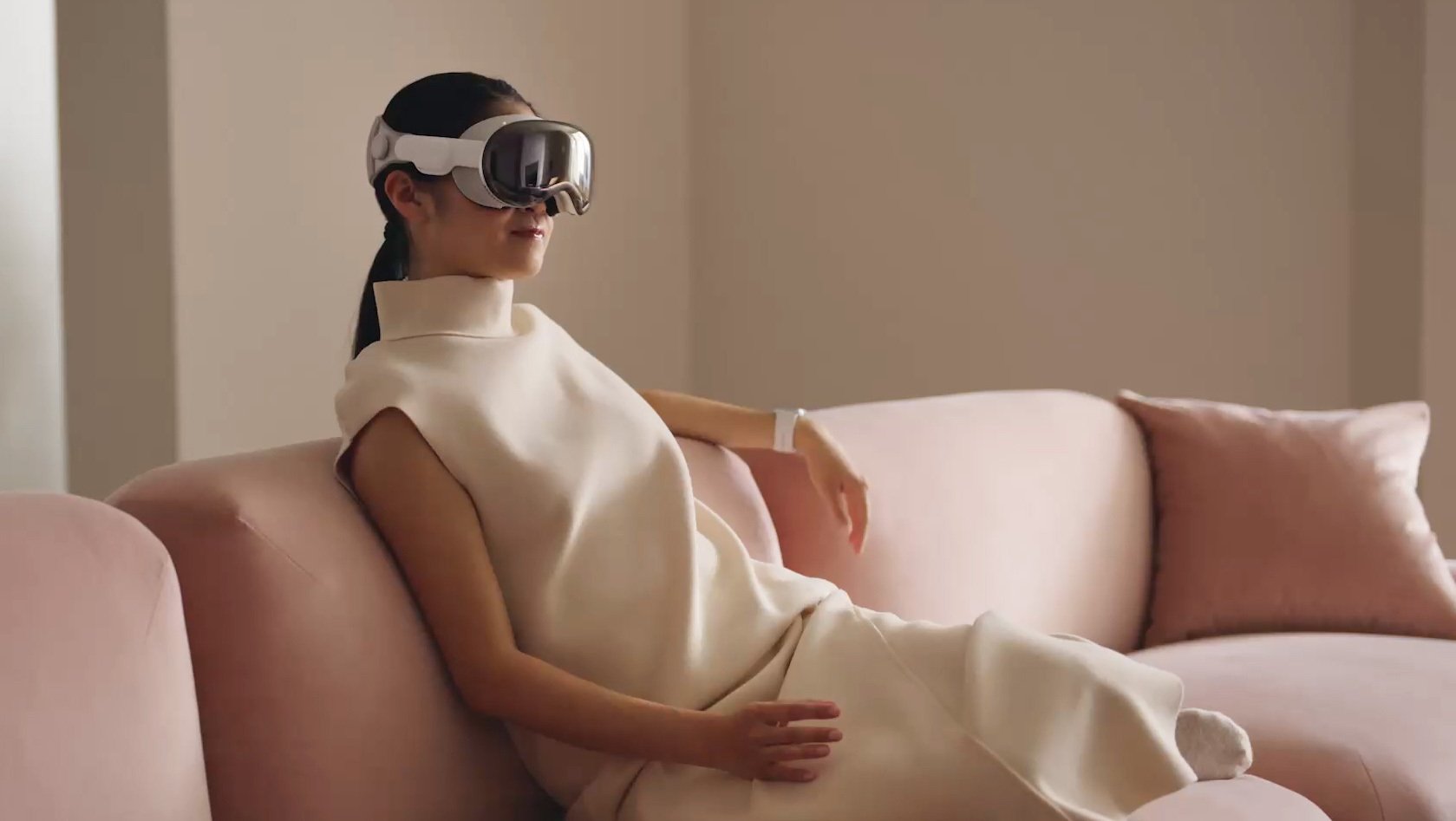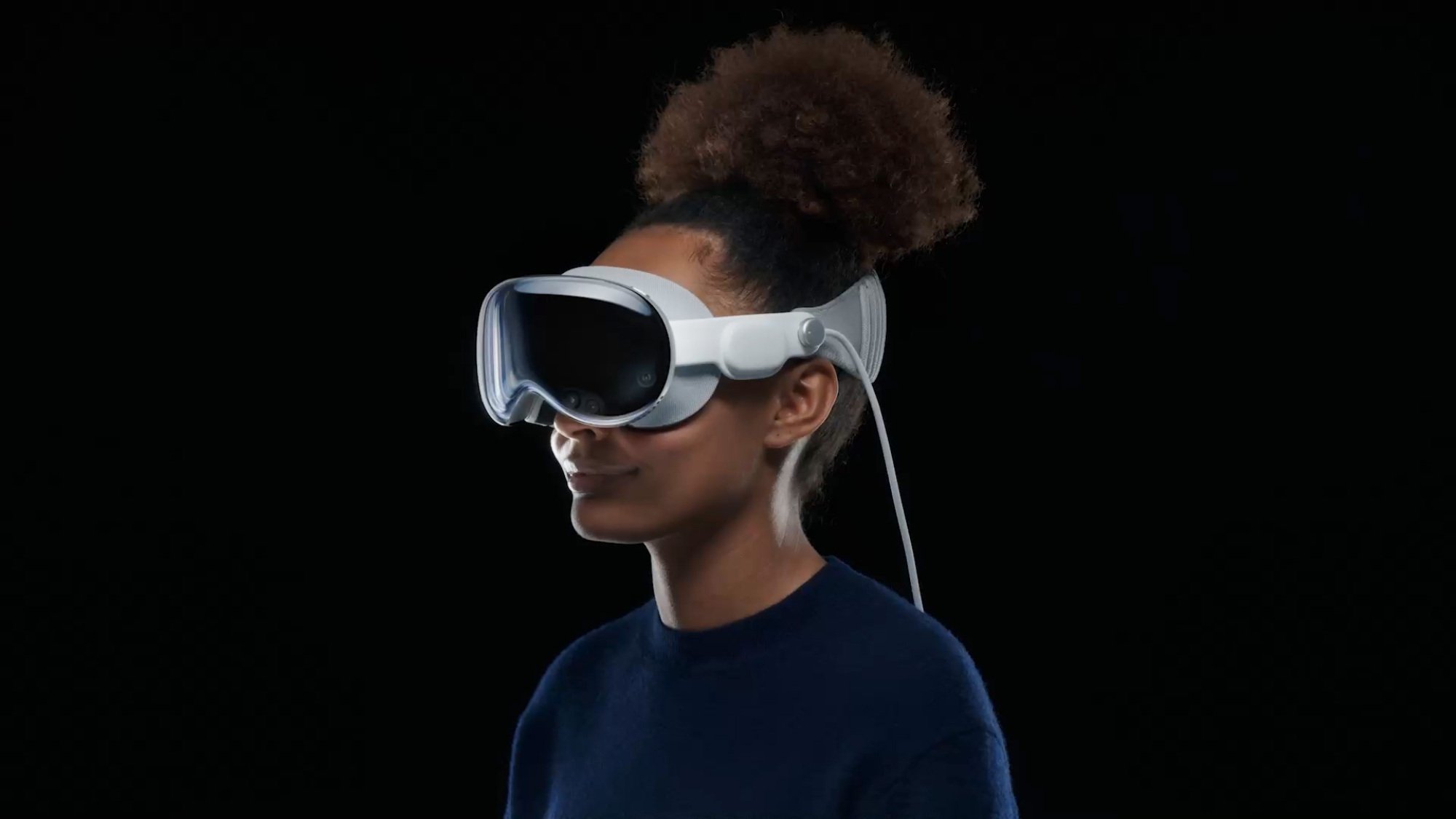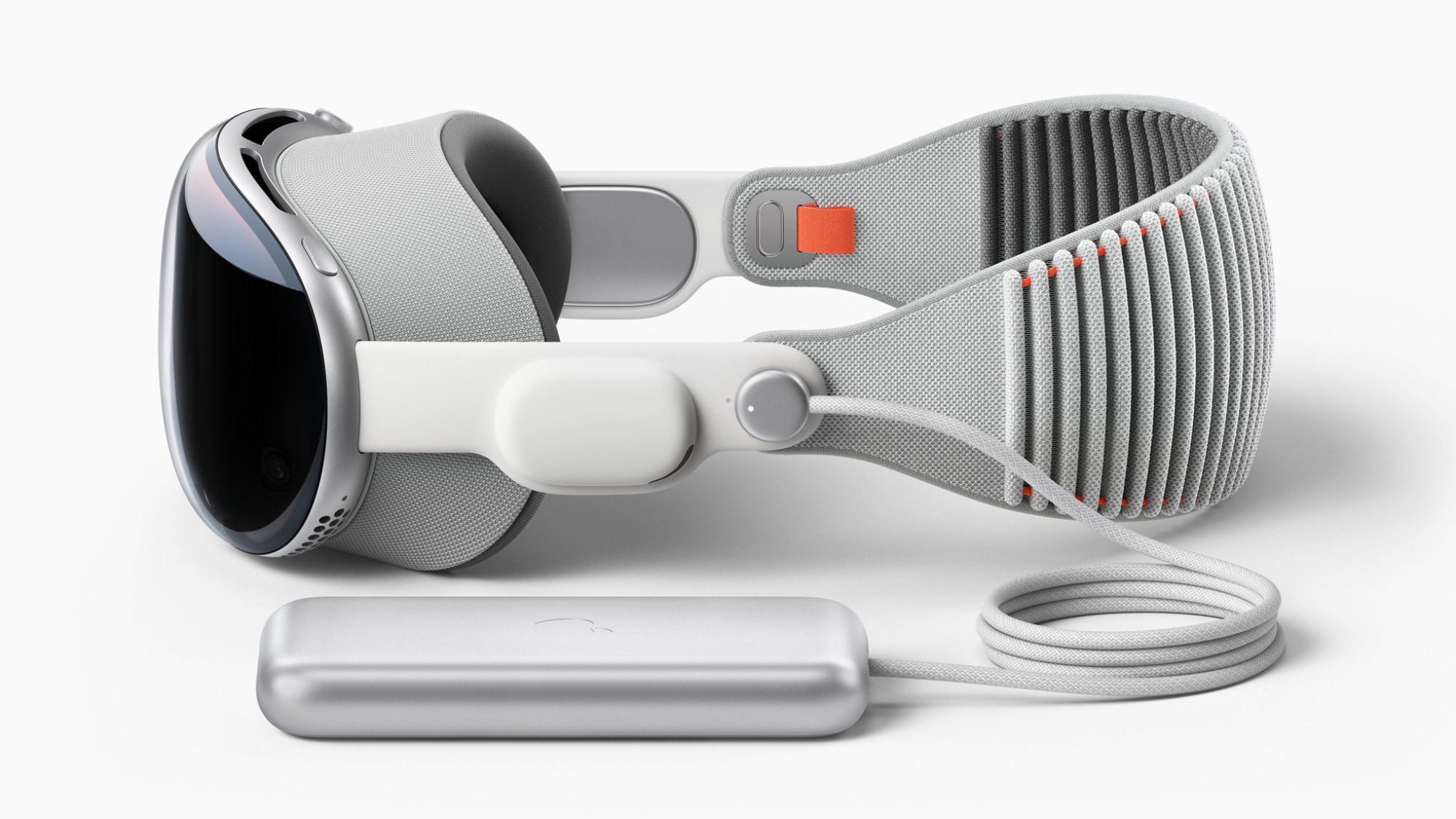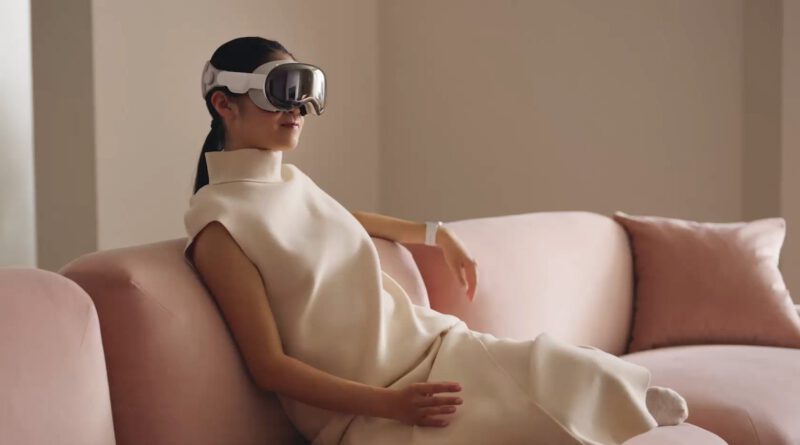Apple Vision Pro: 6 things we love and 3 we don’t

This year’s Apple WWDC live stream clocked in at just over two hours long, and 40 minutes of that was dedicated to introducing the company’s newest product: the Vision Pro mixed reality headset.
Apple’s answer to Meta’s Quest 2 and Quest Pro VR headsets, the Vision Pro is an extraordinary-sounding device that required the filing of more than 5,000 patents for new tech during its development. We’ll have to see if it lives up to its own hype when it begins shipping in 2024. For now, we’re reflecting on what’s been promised to users, and what parts of the Vision Pro we could go without.
What we like:
1. Chic hardware design
We can always expect beautiful craftsmanship from Apple, and the Vision Pro is indeed a stunner. While most other headsets on the market look clunky and protrude off the face, the Vision Pro more closely resembles the sleek simplicity of ski goggles. It is also encased in “aerospace grade alloys,” glass, and fabric, which makes it a stand out among competitor models built almost exclusively of plastic and rubber. Plus, the facial interface is adjustable, which means it should provide a closer, more comfortable fit than its contemporaries.
2. Prioritizes AR, not VR
The muddled mystique around the metaverse has translated to a bearish market for VR devices, something Apple seems to be especially conscious of. Its Vision Pro presentation focused on the device’s augmented reality, or “AR,” abilities like layering screens and 3D graphic experiences over your lived environment. That may make the device feel more accessible and much less otherworldly than others that focus on completely immersive VR experiences.

3. VisionOS
The Vision Pro integrates with Apple’s ecosystem of products, some of which you may already have in your home. That’s a huge advantage over the standalone headsets currently on the market, which have limited use outside of their custom software. When I was looking for a new pair of bluetooth headphones, I eventually settled on the AirPod Pros because I knew they would connect more seamlessly to my Apple MacBook. That same convenience will set the Vision Pro apart.
4. The battery
It may feel off to have little wire sticking out of the back of the headset, trailing its way down to a battery housed in your pocket, but that’s a way better option that having that battery sitting on your face. Many other headsets, specifically the Quest 2 and Quest Pro, include batteries that make them so heavy that they become uncomfortable to wear. No word yet on how much the Apple headset weighs (and it does include a glass panel, so it won’t be feather-light) but the separate battery indicates Apple is interested in both fit and function.
5. Eye tracking and Optic ID
Apple knows that eye tracking is the next step for virtual and augmented reality, but it’s making sure you can look at whatever you want without feeling like you’re being watched. So while VisionOS’s Optic ID will enable you to use Apple Pay and autofill passwords as you use the device, Apple won’t share any of that data – or the data about where you’ve looked on pages or apps — with anyone without your permission.
6. EyeSight
“EyeSight” is a Vision Pro feature that projects realistic graphics of your eyes to those around you while you are wearing the headset, and enables you to see the person you are speaking with through the headset. This is a feature that has been promised in future iterations of Meta’s Quest devices series, but has yet to be integrated. EyesSght is the next step in making AR/VR headsets make sense in daily life, enabling you to communicate with others without taking the headset on and off, which is may more of a production than, say, removing sunglasses. Apple has also added a display to the front of the VisionOS that indicated to others when you are busy in an immersive experience so they won’t interrupt you.

What we’re not a fan of:
1. The price
$ 3,499. The Vision Pro sounds beautiful, but Apple’s 40-minute presentation about the device didn’t introduce any new AR experiences that were compelling enough to justify paying thousands for it, especially when a very good headset, the Quest 2, is available for just about $ 300.
2. That head strap
The Vision Pro’s head strap stretches from the sides of the goggles and around the back of your head. While its 3-D printed fabric innovations look promising, I’ve always needed an over-the-head strap on a headset to keep it from sliding all over the place and down my face.
3. The FaceTime experience
Apple made a big show of explaining how cool FaceTime calls are on the Vision Pro, noting you can see video feeds of your coworkers or loved ones in windows around you in an immersive experience augmented by spatial audio. But… how do they see you when you have a headset on your face? Apple quickly mentioned the development of a virtual avatar based on a face scan, but it’s unclear if that’s how you’re represented in FaceTime while using the Vision Pro.

